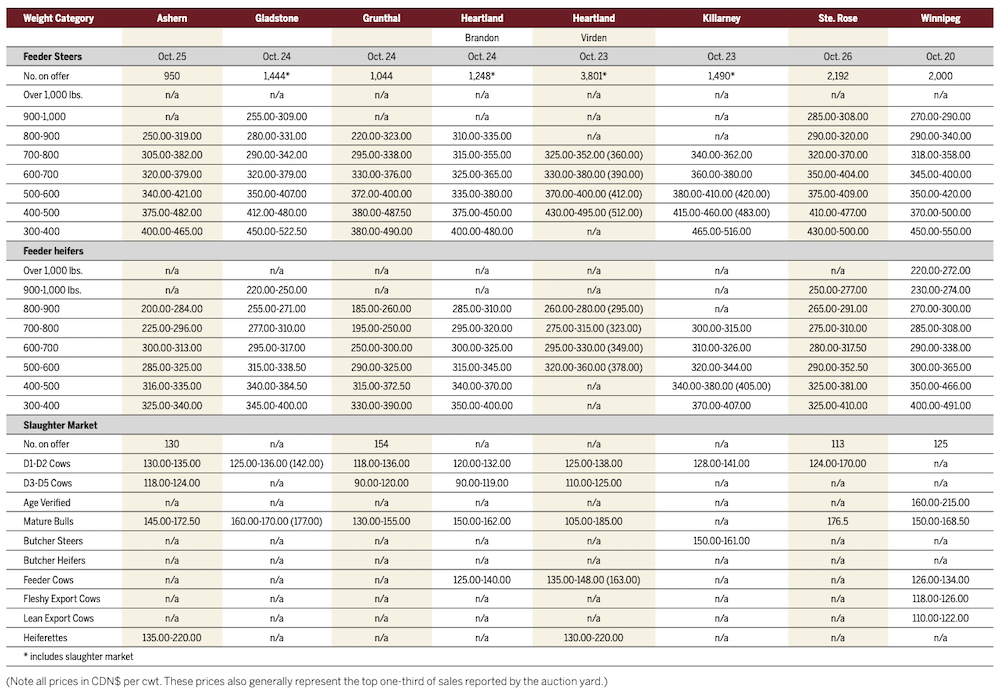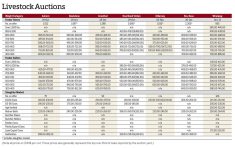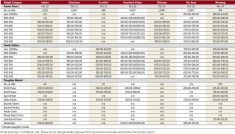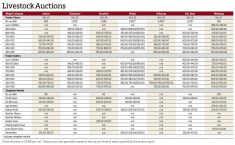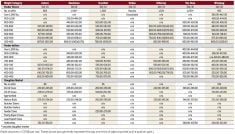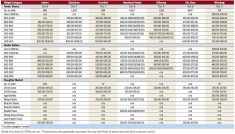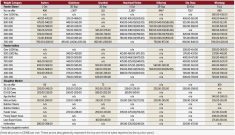A report from the U.S. Department of Agriculture, which surprised many analysts, won’t cause major changes to cattle prices in Manitoba, according to a consultant.
A bearish monthly cattle-on-feed report plunged prices at the Chicago Mercantile Exchange on Oct. 23. In total, 11.58 million cattle were in U.S. feedlots on Oct. 1, a gain of 0.6 per cent from one year earlier. The trade had expected a 0.3 per cent drop.
Placements during September totalled 2.206 million head, up 10 per cent from August and up six per cent from September 2022. Trade expectations were for a 0.8 per cent yearly increase.
Read Also
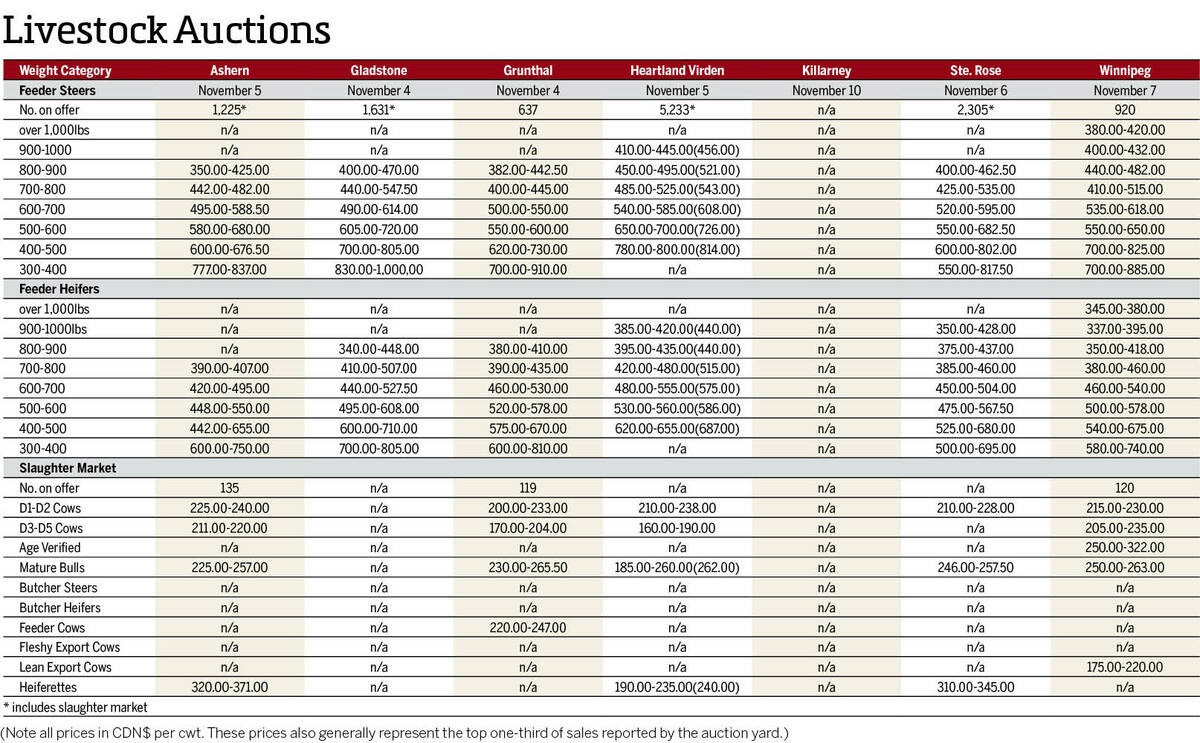
Manitoba cattle prices – Nov. 10
Cattle prices from Manitoba’s major auction marts for the week of Nov. 4-10.
As a result, the December live cattle contract fell US$6.275/cwt. on Oct. 23 and ended the week with a $5.975/cwt. loss to close at $179.325. The January feeder cattle contract dropped $6.425/ cwt. on Oct. 23 and ended the week at $236.50/cwt., a loss of $8 on the week.
Virden-based cattle consultant Rick Wright, who is also executive secretary of the Livestock Markets Association of Canada, said the volume seen at cattle auction sites was ahead of schedule. While prices for feeders have slightly softened over the past week, Wright said they are still near record highs.
“We did see a correction at the end of last week and most of this week, but that seems to have levelled off now,” he said. “This (correction) was just a little bit of a shake in the confidence on the number of cattle out there… Most of those were placed earlier during the drought in the U.S. and I’m surprised the analysts were way off in their predictions prior to the release of the report.
“We’ll see things straighten up over the next week or 10 days. Will we get back to pre-adjustment prices? Maybe not. But the prices are still really good.”
The calf run is approaching its peak and additional cattle will be going through the rings. However, many sellers may opt to stay home after the first major snowfalls of the season went through southern Manitoba Oct. 25-26. “This weather that we’re having here may have an influence on the deliveries (at the end of October), depending on how long these road conditions and snow last,” Wright said.
“It will certainly prompt the producers to bring cattle in from the pastures and either wean them or sell them. Whether they can get them to the market or not will depend on what the weather’s going to be like.”
Greater buying interest is expected from Ontario and Quebec as their corn harvest comes to an end. Alberta has also shown interest and local buyers are just getting started, according to Wright.
After the calf run, volume is expected to decline and transportation issues such as a lack of drivers and trailers can still rear their ugly heads. However, Wright does not predict any price declines in the short term.
“We’re going to see reasonably steady prices,” he said. “In general, the calf market has a pretty good feel to it.”


